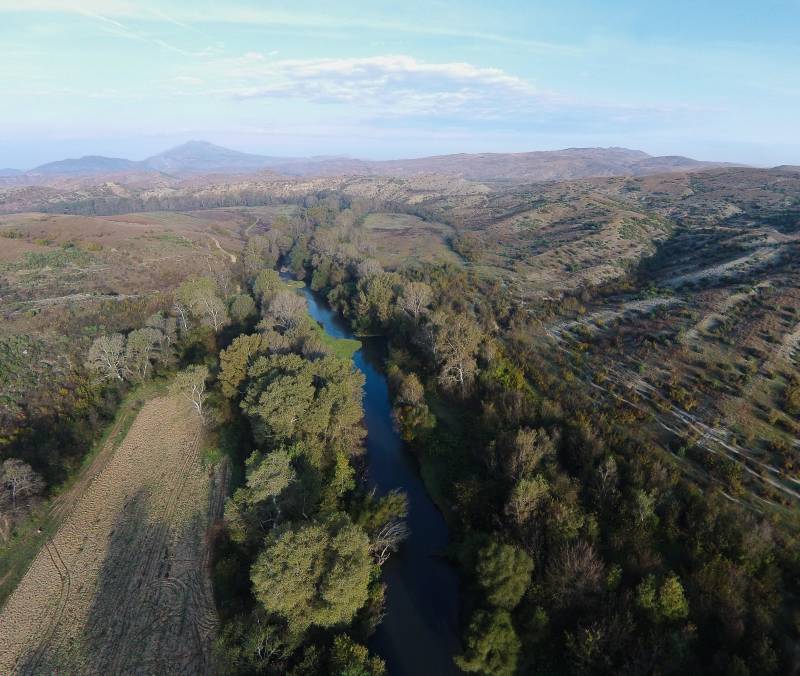Rivers as ecosystems
Rivers are natural water roads. Rivers often lead to larger water masses, such as oceans or lakes. Rivers consist of several basic parts, starting with the source of a river and springs which flow into the main watercourse. Their flow is restricted by two banks. The last part of the river is usually called river mouth and rivers usually expand at the end to form a delta or estuary. Rivers are water bodies that move in only one direction, guided by Earth’s gravity. If the water quantity is smaller, then these water bodies are called streams or torrents.

Some rivers are full of water and are active throughout the year, while others are active only in certain parts of the year, mostly in warm seasons, when snow melts on high mountains or during rainy wet seasons. Rivers can be from one to several thousand kilometers long. The main characteristic of river ecosystems is precisely their flow. They are dynamic systems where the water is constantly flowing. This means that river ecosystems change often and fast, depending on the quantity of water. River water ecosystems can be essentially divided into two parts: a rapid and deep zone in the middle of the course, and a slow section with a lot of sediment. In both zones there is life with specific needs and in various forms.
Rivers are powerful erosive bodies that change reliefs and landscapes. They create canyons and gorges and are constantly changing their course little by little. They are bodies of fresh water, which means that they contain very little salts compared to seas. Nevertheless, rivers are important carriers of huge quantities of nutrients for animals and plants.
Rivers are the link that connect terrestrial, water and marine ecosystems, and are an important migratory line for many animal species. They are one of the most populated ecosystems in the world, full of local and regional endemism.
People and human population are also an important part of river ecosystems. People use rivers for irrigation, drinking, transportation, energy production as well as fishing and recreation. That is why it is important to constantly monitor rivers, their sources and tributaries.
The Bregalnica region has a developed hydrographic network. In total there are around 700 watercourses, six of which are more than 20 km long: Bregalnica, Zletovska River, Kocanska River, Orizarska River, Zrnovska River and Osojnica. By protecting these rivers, we take care of their environment, the lives of the local population, as well as the region as a whole.

